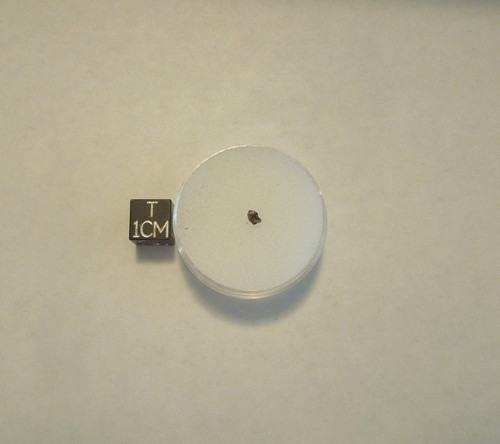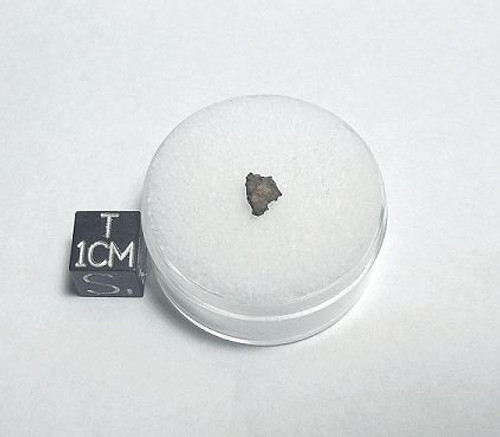On December 20, 2008, a bright fireball exploded over the High Atlas Mountains in remote northern Morocco - the strewnfield was very treacherous and rocky, but many broken fragments were found where they shattered against the mountain slopes. Local tribesman gathered many specimens and delivered them to western meteorite hunters. The meteorite was eventually classified as an H5 chondrite. Some specimens exhibited anomalous characteristics like slickensides, off-color fusion crust, and odd crust features.
Tamdakht 31°09.8′N, 7°00.9′W
Tamdakht, (Ouarzazate) Morocco
Fall: 20 December 2008, 22:37 hrs (local time; UT+00)
Ordinary chondrite (H5)
History (H. Chennaoui-Aoudjehane): On December 20, 2008, witnesses from a number of locations in Morocco (Agadir, Marrakesh, Ouarzazate) observed a meteor with a W to E trajectory. According to the local newspaper, Al Massae (of December 27th), people from the high Atlas Mountains (between Marrakesh and Ouazazate) heard a sound and felt an aftershock. Due to the high relief in this mountain region, covered with snow at this time of the year, searching for the meteorite was a difficult task. The first reports on finding pieces of a meteorite came a couple of weeks later. The largest impact pit is located near Oued Aachir (1.10 m diameter and 70 cm depth, 31°09.8′N, 7°00.9′W), with a stone exceeding 30 kg and many small fragments. A second one is smaller, (about 20 cm diameter and 10 cm depth; 31°09.9′N 07°02.3′W) located 2 km W from the first one; the main mass from the second impact was probably about 500 g. Nine new impacts coordinates have been reported by S. Buhl and M. Aid, and P. Thomas reported 3 other impacts. A strewn field of at least 25 km long and 2 km wide has been outlined.
Physical characteristics: Total weight is presently estimated to be 100 kg. Pieces recovered as of February 15, 2009, are 30 kg, 1.5 kg, 3.8 kg, 3.69 kg, 2.4 kg, 1.5 kg, 1 kg, 800 g, and 399 g. One major fragment of 1.7 kg and many small pieces from the same stone (ranging 500 to below 1 g) were also recovered. The largest fragment shows a nearly complete dull gray fusion crust, other pieces are 90% crusted to free of crust, often broken along preexisting fractures. Thick fusion crust, locally more than 1 mm.





